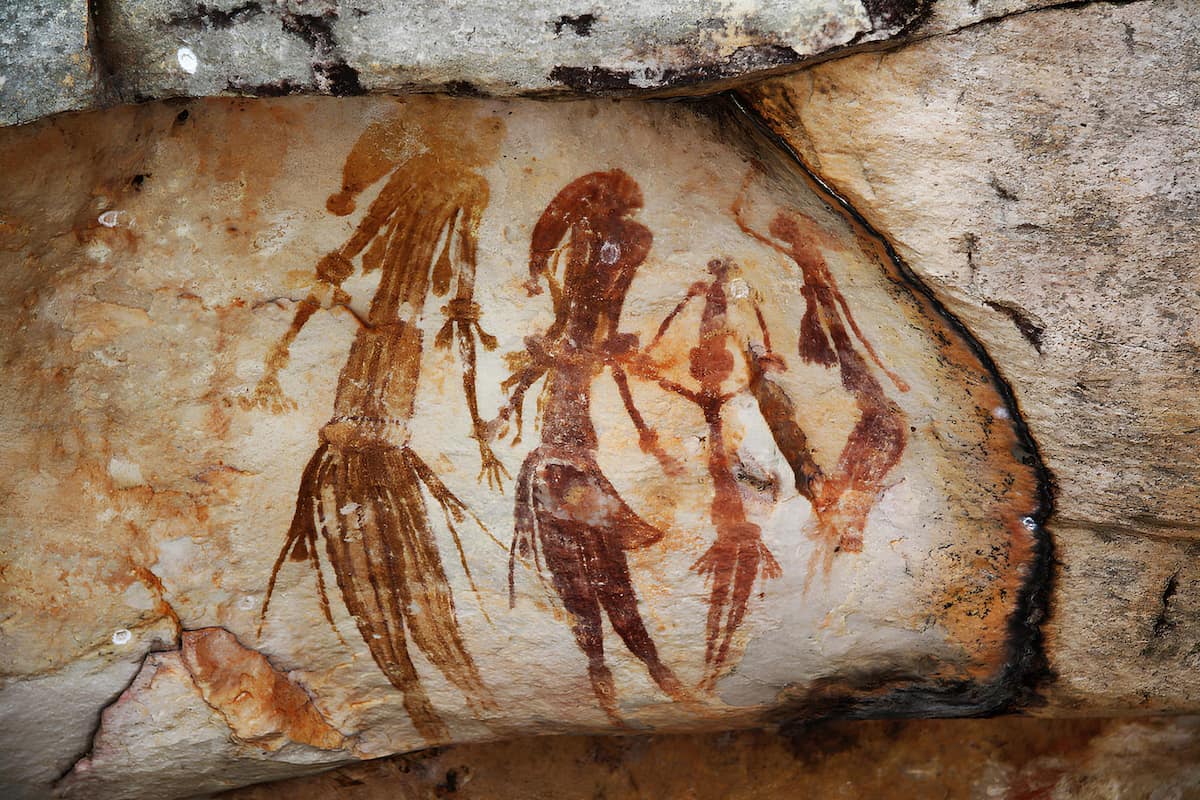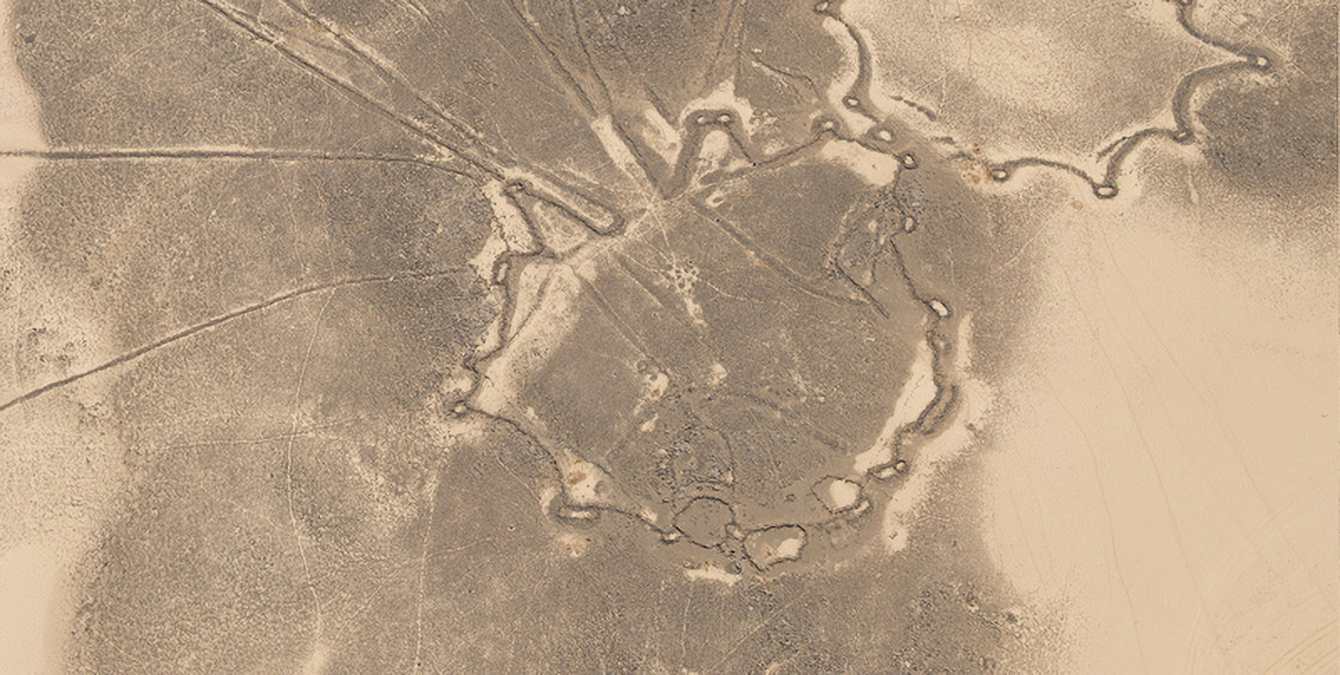The Paleolithic period commenced over 3 million years ago with the emergence of the earliest humans, who initiated the crafting of stone into tools and hunting implements. As nomads, they adopted a hunter-gatherer lifestyle, trailing herds and relocating due to seasonal changes to fulfill their dietary requirements. The conclusion of the Paleolithic era coincided with behavioral shifts prompted by climate warming, signaling the onset of the Mesolithic era approximately 11,000 years ago (subject to regional variation).
Spanning an extensive period of prehistory, the Paleolithic era is categorized into four sub-periods: the Lower, Middle, Upper, and Archaic Paleolithic. Each of these phases denotes significant advancements, such as the mastery of fire, rudimentary burial practices, advancements in tool technology, and the inception of artistic expression.
This epoch witnessed the emergence of various members of the Homo genus (including Rudolfensis, Habilis, Ergaster, Erectus, and Neanderthalensis, among others), ultimately replacing the Australopithecines. Numerous hominids coexisted and succeeded one another within the region.
How Did the Palaeolithic Begin?
The Paleolithic period heralded the emergence of the genus Homo approximately 3.3 million years ago, with the use of lithic tools being its defining characteristic. While the Australopithecus, contemporaries of early Homo species such as Homo rudolfensis, Homo habilis, or Homo ergaster, also utilized tools, theirs were rudimentary.
This underscores the significance of the Paleolithic era, commonly known as the “age of ancient stone.” These tools typically comprised pebbles with one or two flakes and were termed “choppers” or “flaked pebbles.
“
At the outset of the Paleolithic, also known as the Archaic Paleolithic, early humans inhabited Africa. Notably, two prominent centers of lithic culture emerged: the Olduvai Gorge in Tanzania and Lake Turkana in northern Kenya. During this period, early humans engaged in sporadic hunting of small animals, scavenging, and gathering.
What’s the Difference Between the Paleolithic and the Neolithic?
Stone Age, both the Paleolithic and the Neolithic, are two major periods of prehistory. There are many differences between them, but the primary one is how humans eat. In the Paleolithic, hunting and gathering were the foundation of sustenance, while the Neolithic witnessed the emergence of agriculture and animal husbandry. Consequently, early humans moved according to the seasons to follow herds, while those of the Neolithic settled down.
Mastery of certain stone-cutting techniques also constitutes a major distinguishing factor between the two periods. In the Paleolithic, which means the “age of ancient stone,” only flaked stone tools are known (chopper, then handaxe, retouched point, etc.), while the Neolithic, the “age of new stone,” sees the emergence of polished stone tools.
Who Were the People and Civilizations of This Period?
The men of the Paleolithic era were nomadic hunter-gatherers. In other words, they lived according to the seasons and moved based on the food they could find in a given territory. The migrations of herds were important factors in their movements. Humans remained in Africa for a long time. Homo sapiens arrived in Europe 45,000 years ago, via the Mediterranean basin, where the Neanderthal man already lived, with whom they would coexist.
In Indonesia, we find the Flores man and the Denisovan man on the high plateaus of Tibet. The human population density was very low during the Paleolithic era. Including hot and cold deserts, it was estimated at 0.01 inhabitants per square kilometer. For comparison, the current figure is 50 inhabitants per square kilometer. The American continent was completely devoid of human presence until the Upper Paleolithic.
What Were Palaeolithic Habitats and Lifestyles Like?
The nomadic life of the Paleolithic period pushed men to diversify habitats. Thus, there are remnants of hunting stops, bivouacs, or more sustainable installations. When possible, men gladly take shelter under rocks. In the plains, the hut dominates, but one also finds the construction of dry stone walls for protection against the wind, as in Orangia 1, South Africa. However, the habitat remains temporary and rarely lasts more than one season.
The length of habitation depended on the resources available on-site, but a camp could be reused the following year. The evolution of tools and techniques allows men of this period to move from scavenging to hunting, and then to hunting increasingly larger animals. The domestication of the dog is also a major asset. The Paleolithic diet was omnivorous, consisting of a mixture of meat and plants (leaves, berries, and roots).
What Are the Paleolithic Periods?
The Paleolithic era can be divided into four main periods. During the Archaic Paleolithic, between 3.3 and 1.76 million years ago, man was content to hunt small animals or eat carrion in addition to his vegetarian diet. He used the carved pebble or chopper. From the Lower Paleolithic onwards, bifaces, spikes, and axes were used to hunt larger animals. The control of fire, around 400,000 years ago, improved living conditions.
The Middle Paleolithic, which began around 350,000 years ago, is characterized by the hunting of large animals, the use of ochre, and the advances of Homo sapiens in Africa: first burials and aesthetic creations.
In Eurasia, Neanderthal man became extinct. Between around -40,000 and -9500, we enter the Upper Paleolithic. Entry into this period is propelled by a major innovation in hunting as well as the domestication of the dog.
What Tools Were Used in the Palaeolithic?
The first tool made of carved stone, used by humans during the Early Paleolithic, was the chopper. The edges are made sharp by percussion with another stone to skin carcasses and perhaps also to clean animal hides. Among the major lithic tools of the Paleolithic is the hand axe.
Pebbles are carved on both sides to improve their sharpness. The use of wood for their construction allows for finer sizing.
At the end of the Middle Paleolithic, the hand axe becomes scarce to make way for finer-carved stone tools: blades, scrapers, points, burins, etc. They are used in the production of hunting weapons, such as spears and arrows. In the Upper Paleolithic, bone carving allowed for even more finesse in the design of hooks, spear throwers, needles, etc.
What Role Did Painting and Handicrafts Play in This Period?
The Paleolithic period heralded the emergence of the genus Homo approximately 3.3 million years ago, with the use of lithic tools being its defining characteristic. While the Australopithecus, contemporaries of early Homo species such as Homo rudolfensis, Homo habilis, or Homo ergaster, also utilized tools, theirs were rudimentary. This underscores the significance of the Paleolithic era, commonly known as the “age of ancient stone.” These tools typically comprised pebbles with one or two flakes and were termed “choppers” or “flaked pebbles.”
At the outset of the Paleolithic, also known as the Archaic Paleolithic, early humans inhabited Africa. Notably, two prominent centers of lithic culture emerged: the Olduvai Gorge in Tanzania and Lake Turkana in northern Kenya. During this period, early humans engaged in sporadic hunting of small animals, scavenging, and gathering.
How Does the Paleolithic Period End?
The Paleolithic era ended about 11,000 years ago, with the beginning of the Holocene interglacial period (the last geological period still ongoing). This marks the end of the great glacial periods, paving the way for the Mesolithic, a transitional period where humans were still semi-nomadic hunter-gatherers before settling down in the Neolithic. Homo sapiens spread across the world, eventually supplanting other hominid species. Mastering fire and continually refining tools, humans begin to bury their dead (Neanderthal being the first) and develop art.
Featured Image: TimJN1.




